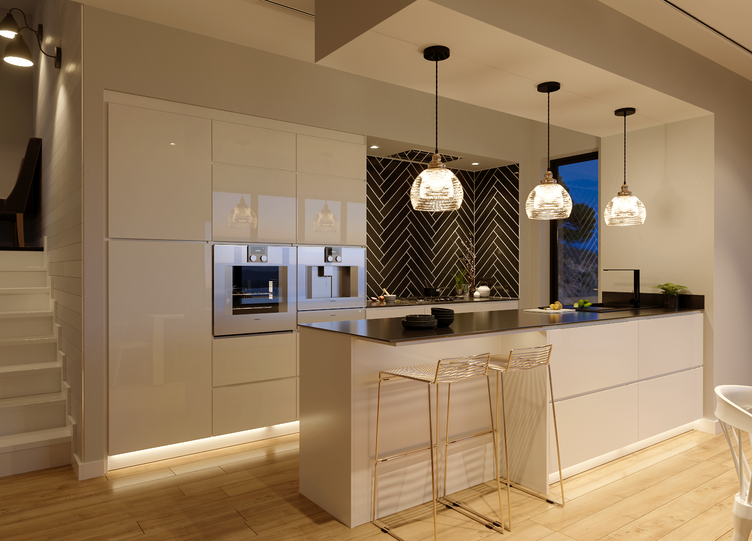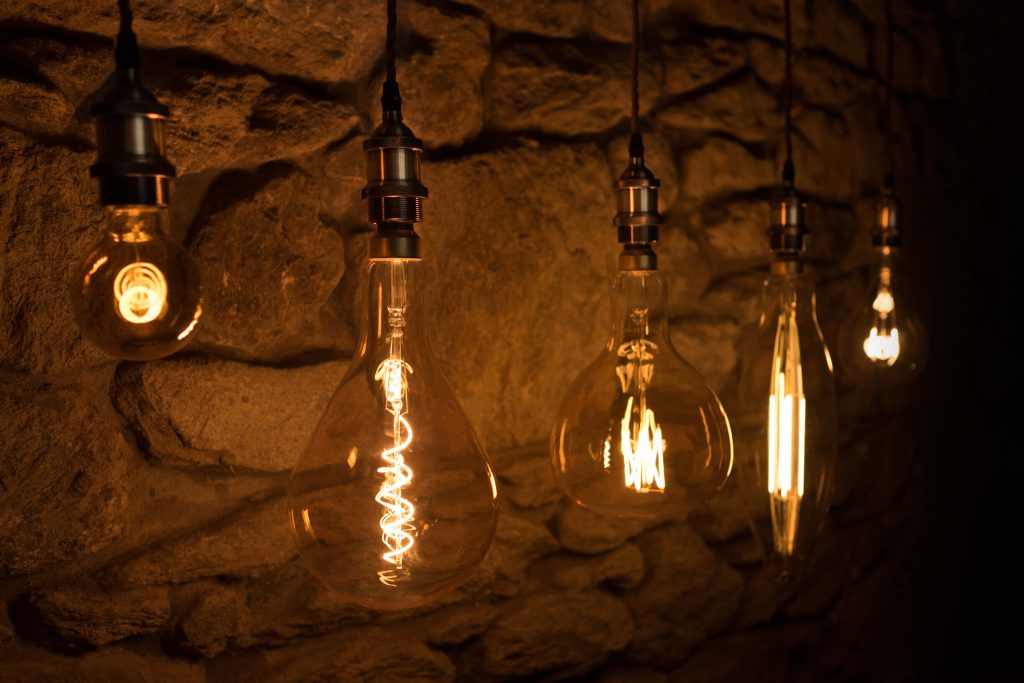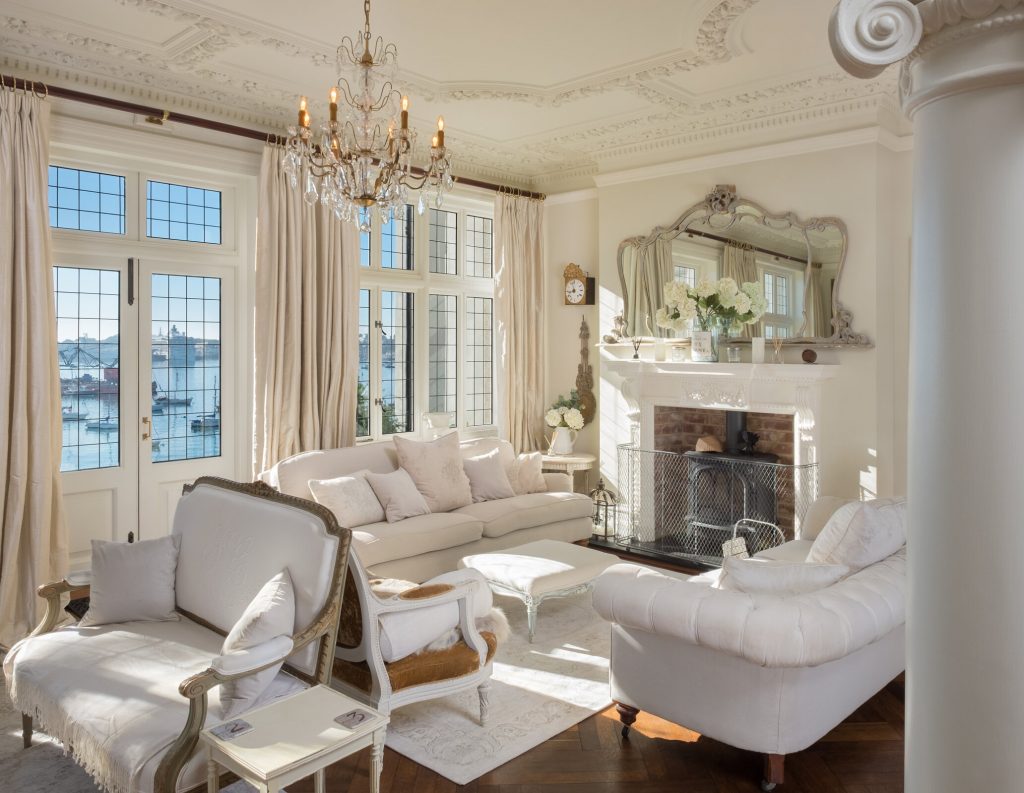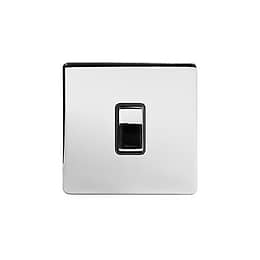What Is Ambient Lighting?
What Is Ambient Lighting?

Lighting serves a much deeper purpose than enabling us to see well. It has the ability to affect our moods both positively, and negatively. A cosy, warming light can create a relaxing and happy space. Dimly lit rooms can cause low mood and even affect your productivity.
It's incredibly important to get your lighting right so you create the setting, and ambience that you desire. In this blog we discuss ambient lighting and how to achieve the desired lighting in your home.
What Is Ambient Lighting?
Ambient lighting otherwise known as mood lighting involves using colour, temperature and brightness to create a comfortable amount of light throughout for an ambient space. Ambient lighting is usually created with a mixture of lights through a layered lighting scheme. This includes downlights, wall lights and pendant lights.
There are many benefits of employing ambient lighting in your home. It will help you to see clearly throughout the day, whilst dimming the lights during the evening creates that cosy and relaxing atmosphere to help you wind down.

How To Create Ambient Lighting
Ambient lighting is the perfect formula of placement, light source, brightness and style to suit your home and desired look.
Choosing The Right Placement
When planning your room the first thing you need to consider is where the lights are going to be placed. What might seem practical during the day might not be so practical in the evening.
Assessing how dark areas of the room are at certain times of the day will help you to plan your lighting scheme accordingly. Balance is also a key factor in getting ambient lighting right. Lighting the darkest corner of a room the most will make the room unbalanced. Think of lighting that will distribute even amounts of lighting throughout the room. Then you can bring in additional light sources to create further pockets of light.
Choosing The Right Lights
Having a layered lighting scheme enables you to add in accent lighting pieces which meld with the interior of your home. In a living room, you might choose to have a pendant light with wall lights, or table lamps dotted towards the back of the room. Wall lights are great for use in the evening as they still provide adequate levels of light whilst not overpowering the room.
However, it's all about choosing the right lights for your purposes. If the room is used throughout the day for work or activities then you might want to use a combination of downlights so they can be used for task lighting during the day, and introduce wall lights to create a different intensity of light during the evening. Alternatively, you could wire the set of downlights with a dimmer switch so the intensity of light can be adjusted as the role of the room changes throughout the day.

Dimmer Switch
Finally, installing a dimmer switch puts you in control of the level of lighting. The level of brightness required will differ during the day, with lower levels desired in the evening to stimulate relaxation. You can create the perfect intensity of light with a dimmer switch, dimming it down to create that mellow and warming ambience when required.
Ambient lighting is a fantastic addition to any home when implemented correctly. It's all about precision planning to decide what will work best for your space. If you're looking to create ambient lighting in your home, you might also enjoy our blog on Mood Lighting.
[related_products is_auto_added="1"]









